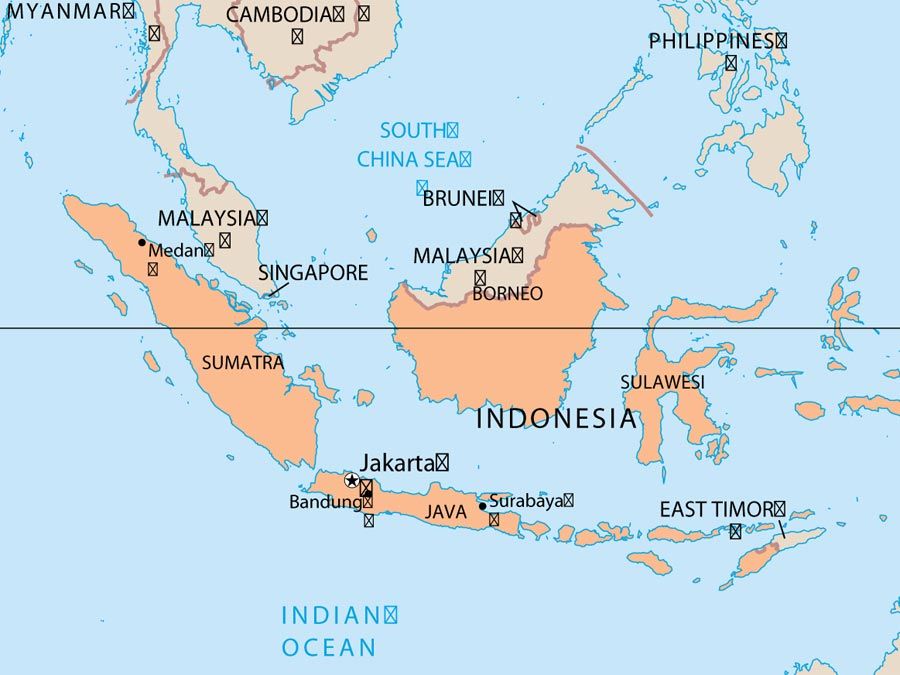Rashidun
- Date:
- 632 - 661
- Areas Of Involvement:
- Islam
- government
Rashidun, (Arabic: “Rightly Guided,” or “Perfect”), the first four caliphs of the Islamic community, known in Muslim history as the orthodox or patriarchal caliphs: Abū Bakr (reigned 632–634), ʿUmar (reigned 634–644), ʿUthmān (reigned 644–656), and ʿAlī (reigned 656–661).
The 29-year rule of the Rashidun was Islam’s first experience without the leadership of the Prophet Muhammad. His example, however, in both private and public life, came to be regarded as the norm (Sunnah) for his successors, and a large and influential body of anṣār (companions of the Prophet) kept close watch on the caliphs to ensure their strict adherence to divine revelation (the Qurʾān) and the Sunnah. The Rashidun thus assumed all of Muhammad’s duties except the prophetic: as imams, they led the congregation in prayer at the mosque; as khaṭībs, they delivered the Friday sermons; and as umarāʾ al-muʾminīn (“commanders of the faithful”), they commanded the army.
The caliphate of the Rashidun, in which virtually all actions had religious import, began with the wars of the riddah (“apostasy”; 632–633), tribal uprisings in Arabia, and ended with the first Muslim civil war (fitnah; 656–661). It effected the expansion of the Islamic state beyond Arabia into Iraq, Syria, Palestine, Egypt, Iran, and Armenia and, with it, the development of an elite class of Arab soldiers. The Rashidun were also responsible for the adoption of an Islamic calendar, dating from Muhammad’s emigration (Hijrah) from Mecca to Medina (622), and the establishment of an authoritative reading of the Qurʾān, which strengthened the Muslim community and encouraged religious scholarship. It was also a controversy over ʿAlī’s succession that split Islam into two sects, the Sunni (who consider themselves traditionalists) and the Shiʿah (shīʿat ʿAlī, “party of ʿAlī”), which have survived to modern times.

The religious and very traditionalist strictures on the Rashidun were somewhat relaxed as Muhammad’s contemporaries, especially the anṣār, began to die off and the conquered territories became too vast to rule along theocratic lines; thus, the Umayyads, who followed the Rashidun as caliphs, were able to secularize the operations of the state.











